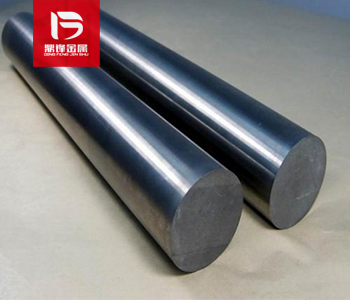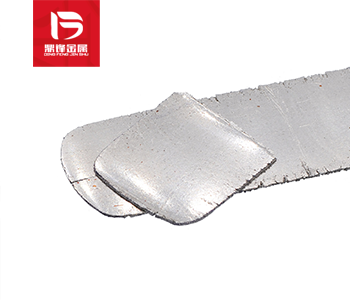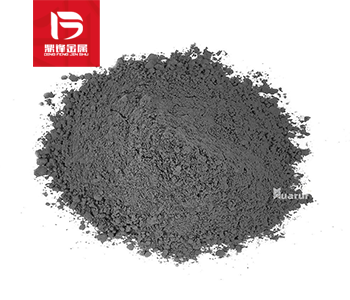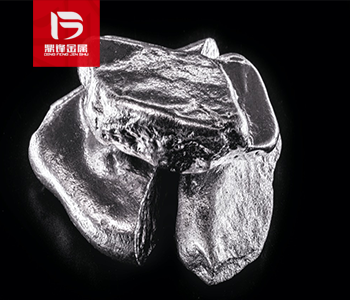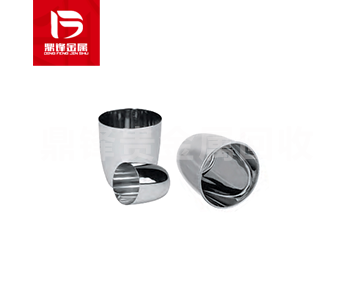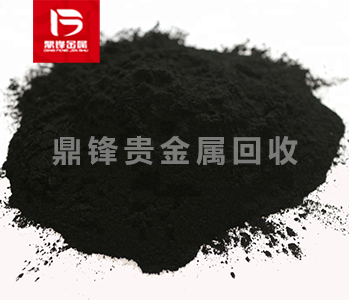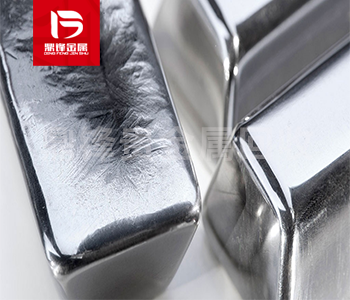Rhodium resin recovery_ Characteristics and main uses of rhodium adsorption resin
Rhodium adsorption resin is a highly porous material with a specific surface area of up to 1000 meters ²/ g. Provides sufficient space for the adsorption of rhodium. This resin is composed of styrene
Rhodium adsorption resin is a highly porous material with a specific surface area of up to 1000 meters ²/ g. Provides sufficient space for the adsorption of rhodium. This resin is composed of styrene divinylbenzene copolymer beads, which are attached to a specific ligand or molecule. Ligands play a crucial role in the affinity of resins for rhodium. The most commonly used ligand is Dimethylglyoxime (DMG), which forms a complex with rhodium. The special structure of DMG allows it to selectively bind with rhodium, ensuring that other metals or impurities in the mixture are not adsorbed.
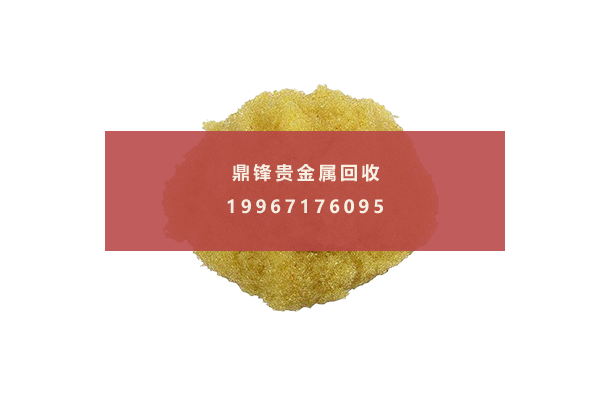
The process of rhodium resin:
The process of using rhodium adsorption resin generally includes two main steps: sample loading and elution. In the loading step, a complex mixture containing rhodium is passed through a column filled with resin. Rhodium selectively adsorbs on the resin when other substances are not captured. Once the column is loaded, the next step is elution, which involves using an eluent to release adsorbed rhodium from the resin. Eluents usually include strong acids, such as hydrochloric acid (HCl), or strong oxidants, such as Sodium chlorate (NaClO). Once eluted, rhodium can be recovered through subsequent treatments such as precipitation or evaporation. Compared to other recovery methods such as solvent extraction or precipitation, using rhodium adsorption resin has several advantages. Rhodium odium adsorption resin has high selectivity, ensuring that only the target metal is captured and no other impurities are captured. This resin can also efficiently capture rhodium, thereby obtaining high yield metals. In addition, the use process of resin is relatively easy to scale up, making it suitable for commercial applications.
The main uses of rhodium resin: 1. In mining, resin is used to recover rhodium from ores, which may contain various other metals. This resin can selectively capture rhodium from the mixture, thereby effectively recovering metals. This method of recovering rhodium is also environmentally friendly as it reduces the need for harsh chemical treatments that may harm the environment.
2. In the field of catalysis, adsorption resin plays a crucial role in the production of Fine chemical. This resin is typically used for purifying and recovering catalysts, which is crucial in many chemical reactions. This resin can effectively capture rhodium from the reaction mixture, allowing the catalyst to be reused, thereby reducing production costs.
Rhodium adsorption resin is a powerful tool for selectively recovering rhodium from complex mixtures. This resin has the characteristics of high efficiency and good selectivity, providing a reliable solution for metal extraction. Compared to traditional extraction methods, its use has several advantages, making it an excellent choice for commercial applications. The future of rhodium recovery may largely depend on the use of resins, especially considering the increasing demand for this rare and valuable metal.
&Quot; Dingfeng Precious Metals Recycling includes precious metals such as gold, silver, palladium, rhodium, platinum, germanium, iridium, ruthenium, etc. This is our business in precious metal recycling. If you have precious metals such as gold, silver, palladium, rhodium, platinum, germanium, iridium, ruthenium that need to be recycled, please contact us and we will provide you with a satisfactory price& Quot;



